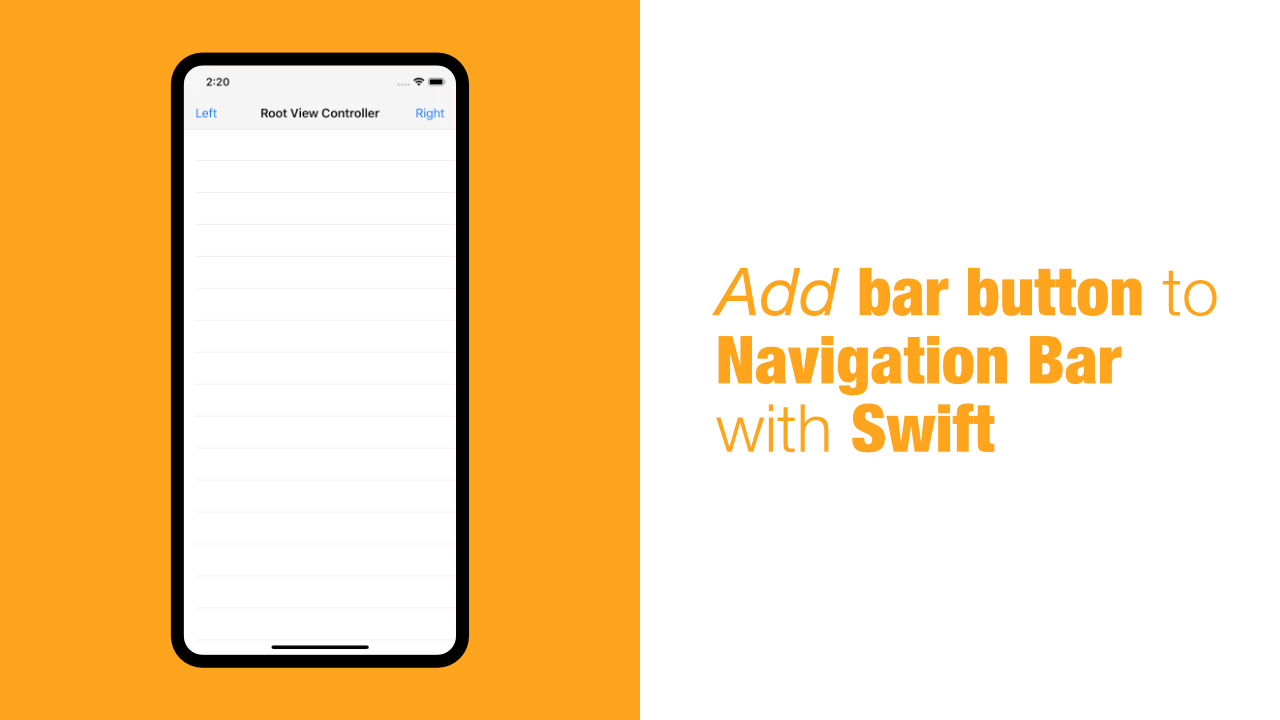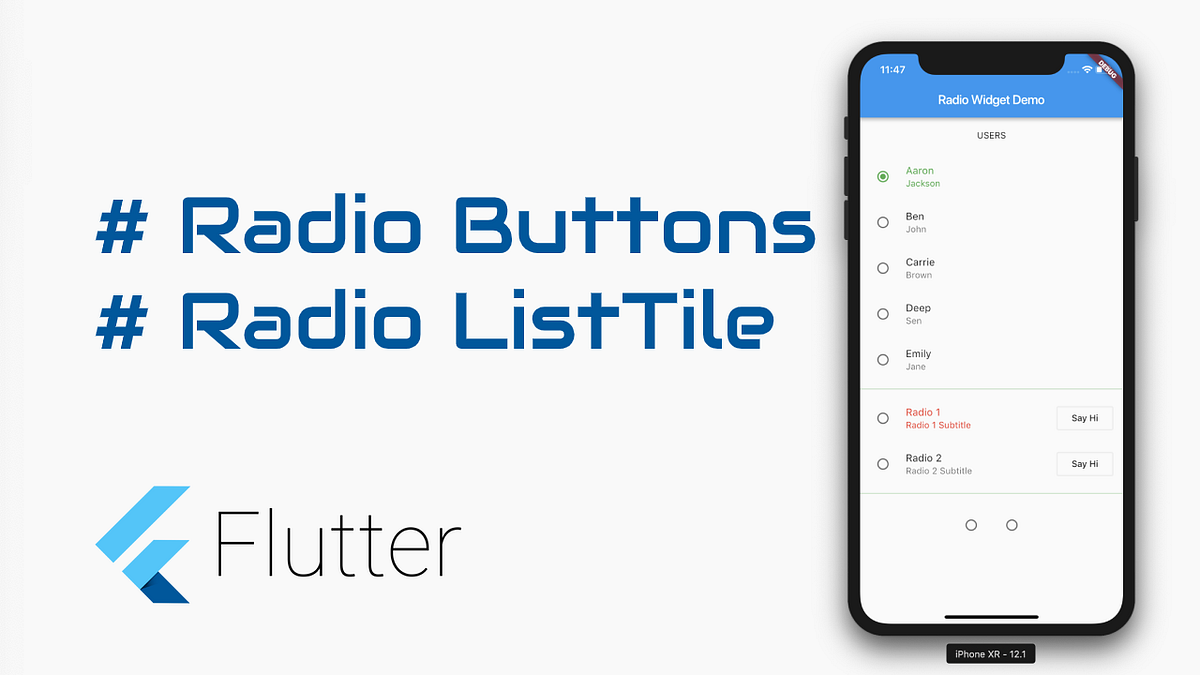

Also, certain events in my program use the buttons doClick () method.

View Example Default.aspx (C) Default.aspx (VB. When users click a button, the button is selected, any currently selected button gets deselected (using the buttons doClick () method). Tool-Tips: Here you can activate the tooltips for the buttons. Flat buttons are one pixel less wide than the nomal buttons, so you save a bit of space. The buttons are flat as long as the mouse isn't over them. Flat Buttons This gives the 'modern' coolbar effect. Showing such buttons is an interface that end users are comfortable with, making them. Buttonbar Height The height of the buttons can be 19, 20 or 21 pixel.
Buttonbar doclick how to#
Example This example illustrates how to emulate the Tab key using the Enter key. A common UI paradigm to use with interactive tables is to present buttons that will trigger some action - that may be to alter the table's state, modify the data in the table, gather the data from the table or even to activate some external process. Declaration TypeScript DoClick (): void Remarks Calling this method is equivalent to a user clicking the button control. In JavaScript, you invoke a function by calling its name, then you put a parenthesis after the function identifier (the name). Simulates a mouse click action on the button control. The vertical distance, in pixels, from the top edge of the component to the top edge of its parent container's content area. The value it takes, which is the function you want to execute, says it all, as it is invoked right within the opening tag. Language Version : ActionScript 3.0 Product Version : Flex 3 Runtime Versions : Flash9, AIR 1.1. Note that the onclick attribute is purely JavaScript. You place the JavaScript function you want to execute inside the opening tag of the button. This could be when a user submits a form, when you change certain content on the web page, and other things like that. The onclick event executes a certain functionality when a button is clicked. How to Use the onclick event in JavaScript Then we'll see how the more modern "click" eventListner works, which lets you separate the HTML from the JavaScript. In this tutorial, we are going to explore the two different ways of executing click events in JavaScript using two different methods.įirst, we'll look at the traditional onclick style that you do right from the HTML page. Buttons, on the other hand, are usually manipulated by JavaScript events so they can trigger certain functionality. Links take you to a certain part of the page, another page of the website, or another website entirely. $(nextButton).unbind().Whenever you visit a website, you'll probably click on something like a link or button. If all requirements are met, just do click on menu or bar button and a new Spherical 3D view will be created. Window.criteria_postback = $(nextButton).attr( " onclick") When you log in as a Diocese, you will see a different button bar beneath. I needed to intercept the click event, perform a call back, and then based on the result either display an error or allow the originally intended event (a postback) to fire.Īfter lots of searching, I finally settled with decorating my functions with alerts until I figured out exactly what was going on. What I wanted to do was place a traditional ASP.NET button on the page (quite frankly, the button was already buried in another control, so I wanted to work with this rather than come up with a hack to do a lightweight input button). Many of the examples in JQuery show you how to "unbind" an event, but I quickly found this wasn't working for me. The control knows no business logic, security, etc., while the controller doesn't understand anything about the UI domain EXCEPT for the fact that it is interacting with something derived from " Control" that lives in Web.UI. We have separated them into a control/controller model so that business logic interacts with a controller, which passes POCOs to a control, and the control knows how to render them. The architecture of a different project I am working on does not use MVC, but ASP.NET controls. I was working on an interesting problem today. A ButtonBar is essentially a HBox, with the additional functionality for operating system specific button placement.


 0 kommentar(er)
0 kommentar(er)
